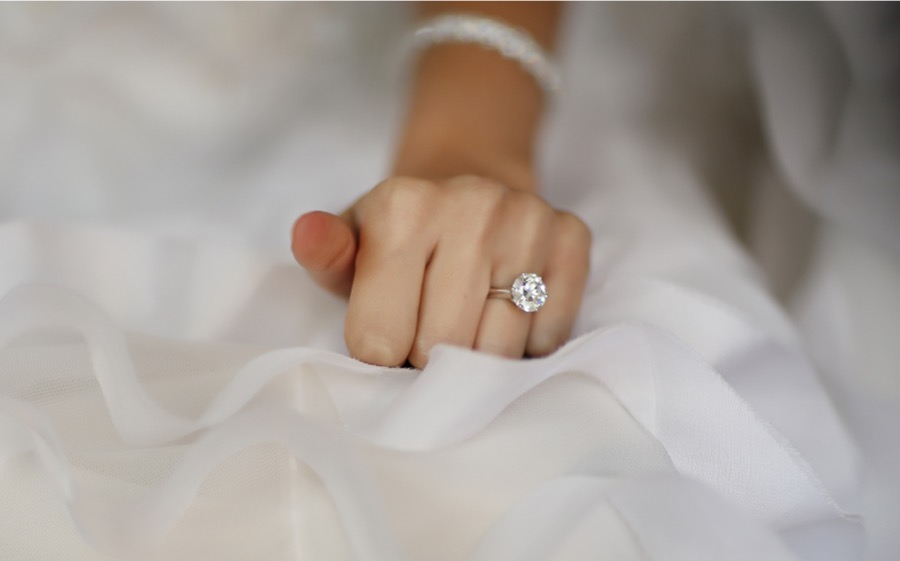
Anglo American’s De Beers, the world’s largest rough diamond producer by value, plans to launch this year the first industry-wide blockchain platform, which will enable greater tracking of gems being traded worldwide.
The technology, which De Beers began developing last year, allows tracing each diamond throughout the entire value chain — from mine to buyer. It would make of the company an industry leader in terms of ensuring both that gems don’t come from war zones where they could be used to finance violence, and their authenticity.
The open platform will trace the diamonds’ route through the value chain, from mine to consumer, ensuring their authenticity and that they are not from conflict zones.
Despite the establishment of the Kimberley Process in 2003, aimed at removing those so-called conflict diamonds from the supply chain, experts say trafficking of precious rocks is still ongoing.
De Beers believes its development should help solve that problem. “Diamonds hold enduring value and represent some of life’s most meaningful moments, so it’s essential to provide assurance that a diamond is conflict-free and natural,” chief executive Bruce Cleaver said in a statement.
“We are very excited about this initiative and the benefits it could deliver across the diamond value chain, from producers through to retailers and consumers,” he added.
Blockchain is a shared database of transactions maintained by a network of computers on the Internet, currently being employed in the bitcoin sector.
De Beers decided to develop its diamond blockchain platform following mounting concerns from customers, who wanted proof the diamonds they were acquiring had not been used to fund conflicts.
The company sells its diamonds mostly to authorized buyers at a series of so-called “sights” in Botswana, Namibia and South Africa. Then, they are normally sent to be polished or cut before ending up with retailers.
Comments
jacob kimbrell
I dont like them